Product | Application of BYK clay additives in halogen-free flame retardant cables
Release Time:
2023-11-15
BYK-MAX CT 4260, a clay additive from BYK Chemicals, is used as a flame retardant synergist (anti-drip and char-forming additive), especially in halogen-free flame retardant wires and cables. It has excellent flame retardant synergy. On the basis of the flame retardant V0 test level, adding BYK-MAX CT 4260 helps wires and cables to reduce the overall usage of mineral-based flame retardants (ATH and MDH). The oxygen index is >36, and the tensile elongation is >250%. At the same time, the The tensile strength, volume resistivity, melt fluidity and water absorption of wires and cables have been significantly improved.
01 Basic features of BYK-MAX CT 4260 clay additive
BYK-MAX CT 4260 is a surface-treated natural mineral product derived from bentonite (montmorillonite/smectite). Heterogeneous flake minerals (similar to talc/kaolin/mica): approx. 1 nm thick, diameter 300 – 1000 nm (DIN A4).
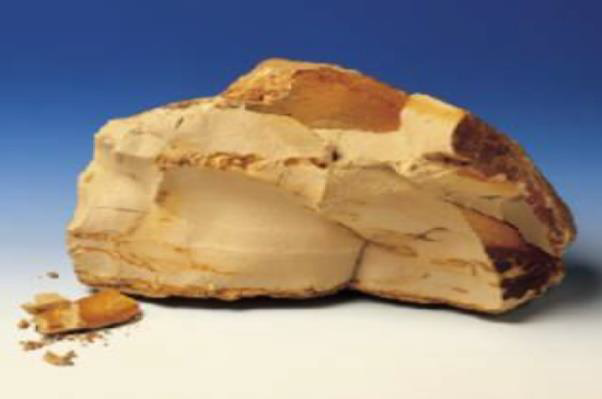

The clay additive BYK-MAX CT 4260 is produced through the use of a special organic intercalation and peeling process. Good peeling processing can contribute to excellent flame retardant properties and mechanical properties.

02Advantages and processing difficulties of low-smoke halogen-free flame-retardant wires and cables
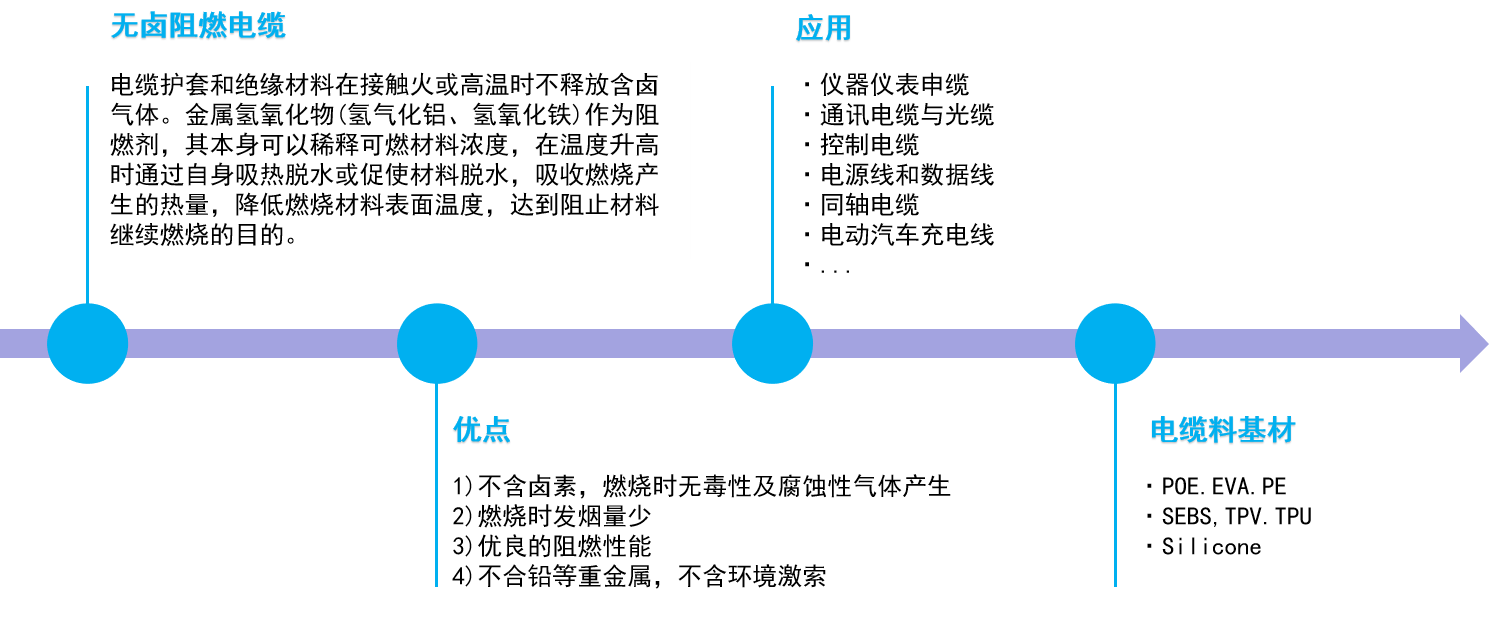
Compared with traditional PVC or halogen-containing cable materials, halogen-free flame retardant (HFFR) cable materials have multiple advantages:
• High flame retardancy.
• Does not produce toxic or corrosive gases (environmentally friendly and non-toxic).
• Low smoke, halogen-free.
But to pass the V0 level flame retardant test, a typical aluminum hydroxide (ATH) concentration needs to be about 65%. The high ATH content in cables affects the mechanical properties, dispersion and melt flow properties, posing great challenges to cable material manufacturers.
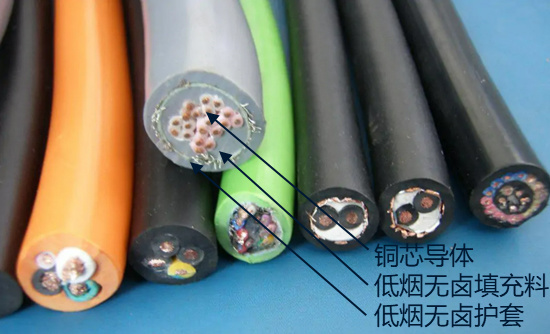
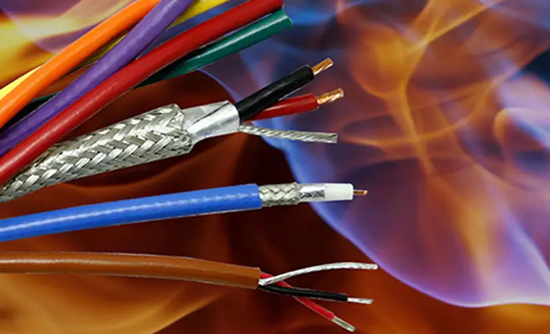
03 BYK-MAX CT 4260 application examples
Halogen-free flame retardant cable material formula:
• Resin (Typical): LLDPE, EVA.
• Flame retardants: ATH, BYK-MAX CT 4260.
• Auxiliaries: antioxidants, processing aids, coupling agents, compatibilizers, etc.
Application: Cable sheathing.
Test Results:

Processing conditions: twin-screw extruder for granulation, tablet press for tableting, tableting thickness is 2 mm.
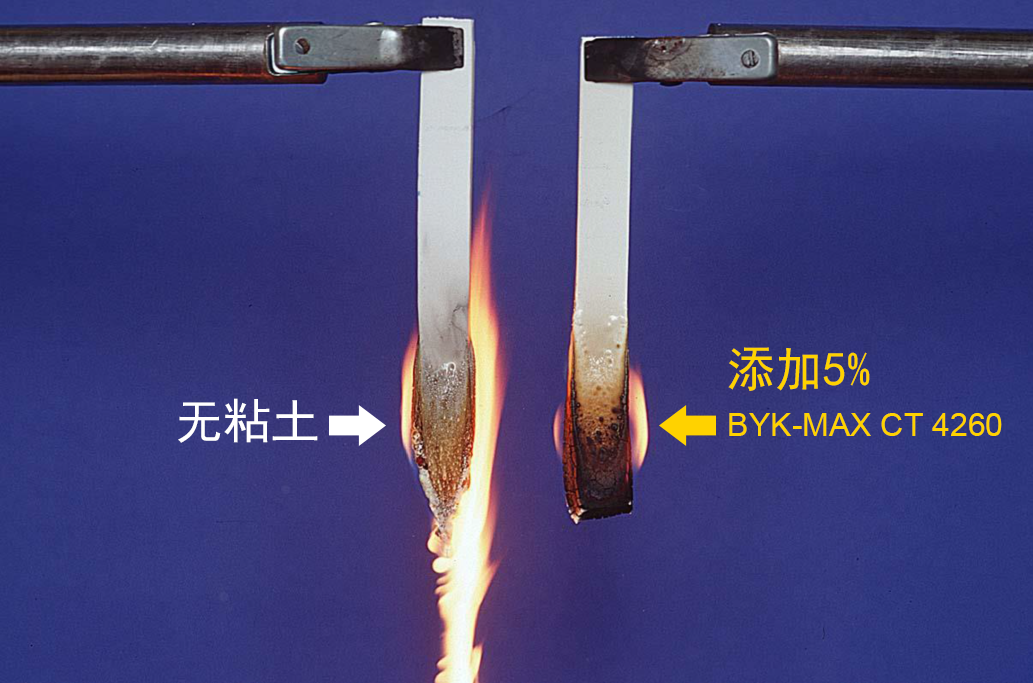
BYK-MAX CT 4260 can be used as an anti-drip agent in combination with mineral-based flame retardants such as ATH (aluminum hydroxide) and MDH (magnesium hydroxide).
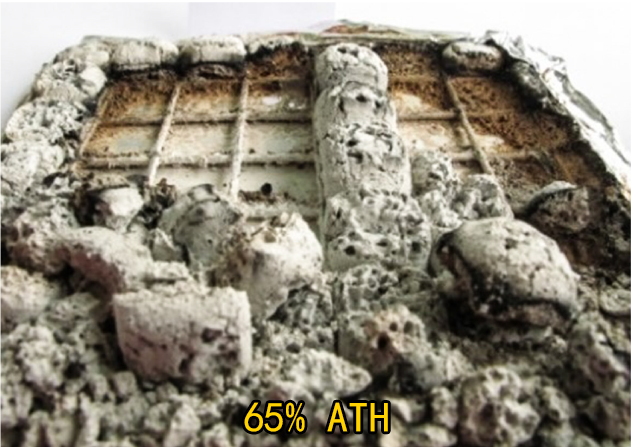
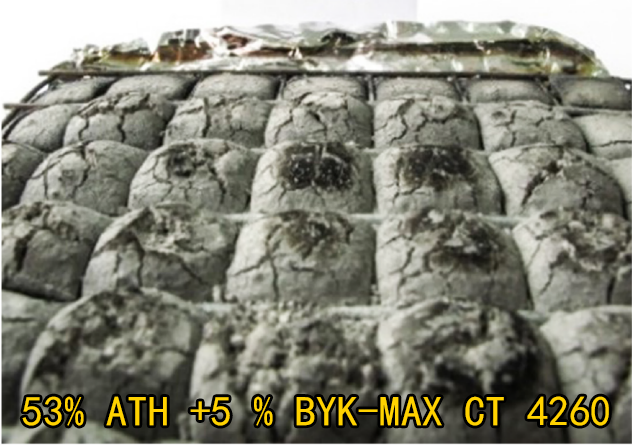
BYK-MAX CT 4260 is used as a char-forming agent in combination with mineral-based flame retardants such as ATH (aluminum hydroxide) and MDH (magnesium hydroxide).
0 4 BYK-MAX CT 4260 typical parameters:

Q&A
Q: In addition to being used as a flame retardant synergist in wires and cables, BYK clay additives have other uses?
⑵Lightweight PP, PA and other composite materials/reinforcement functions.
⑶Incompatible blended plastics (as solid compatibilizer).






